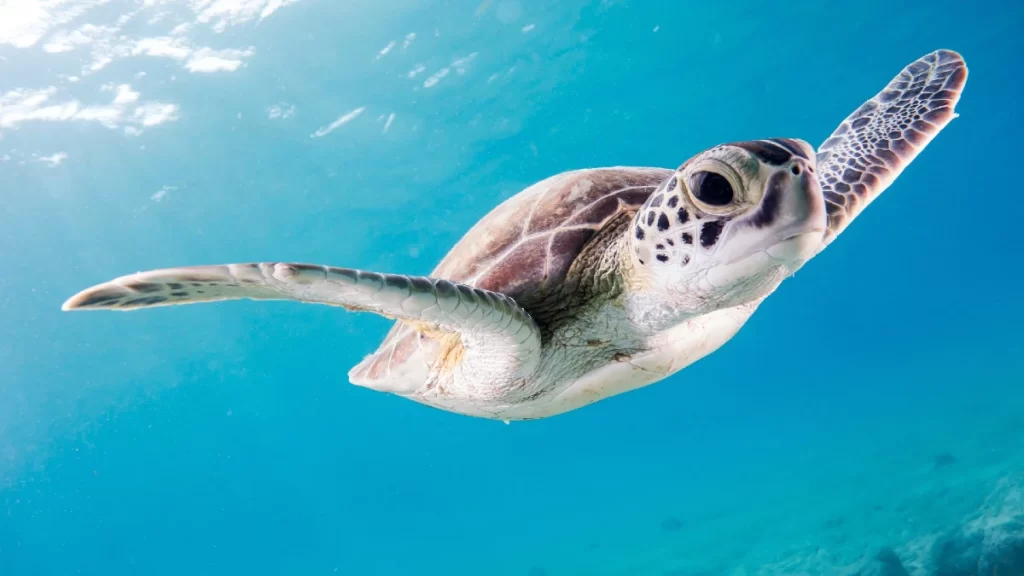Is Climate Change Leading to Dearth of Male Sea Turtles in Florida?
Experts are divided on the climate change’s impact on sea turtle species’ survival. The sea turtles’ sex is influenced by the sand’s temperature where the eggs are buried. Male sea turtles are already a minority, outnumbered by about 10 to 1. And as the sand heats up, fewer and fewer males begin to grow.

The gender imbalance among Florida’s sea turtles seems to be exacerbated by climate change. On some beaches, recent heat waves have raised the temperature of the sand to such an extent that nearly all turtles born there turned out to be females. All turtles evaluated at a Florida hospital for the past four years have been female. The sea turtles’ sex is influenced by the sand’s temperature where the eggs are buried. Male sea turtles are already a minority, outnumbered by about 10 to 1. And as the sand heats up, fewer and fewer males begin to grow.
On this trend’s impact on sea turtle species’ survival, experts are divided. Regardless, a specialist said that climate change was severely straining the endangered species.
This occurrence has been observed across the world. According to a 2018 survey, many turtles in Eastern Australia were also females.
According to a report on ocean facts published in the US National Oceanic and Atmospheric Administration (NOAA), “If a turtle’s eggs incubate below 27.7 degrees Celsius (81.86 degrees Fahrenheit), the turtle hatchlings will be male. If the eggs incubate above 31 degrees Celsius (88.8 degrees Fahrenheit), however, the hatchlings will be female.”
Lucy Hawkes, an ecologist from the University of Exeter, who has been examining the phenomena since 2007, told Business Insider that there were seven species of sea turtles, and all of them produced more females as the climate warmed.
A Reuters report quoted Bette Zirkelbach, the manager of the Turtle Hospital in Marathon, a city in Florida Keys, as saying, “The frightening thing is the last four summers in Florida have been the hottest summers on record.” Scientists examining the eggs and hatchlings, according to Zirkelbach, have not discovered any male sea turtles. For the previous four years, there have only been female sea turtles.
Sea turtle genetic diversity may become unsustainably low if there are fewer males, according to Melissa Rosales Rodriguez, a sea turtle keeper at the Miami Zoo, who spoke to Reuters. “We don’t have the male-to-female ratio needed in order to be able to have successful breeding sessions,” Reuters quoted Rodriguez as saying.
Hawkes claimed that it was unknown what constitutes an ideal gender balance. Evidence implies that only a few male sea turtles are required to fertilise all the eggs, as it is typical for a group of sea turtle nests to birth roughly 90 percent females.
Whatever the reason, there is no doubting that sea turtles are under stress due to climate change. Hawkes claimed that it leads to increased storms, which can quickly destroy thousands of nests that are laying eggs, and sea-level rise, which floods the nest and destroys the eggs.



